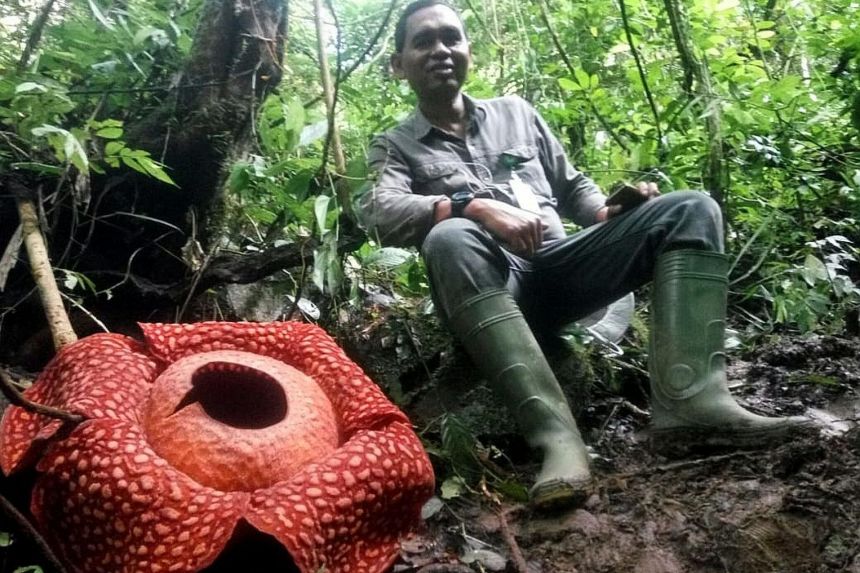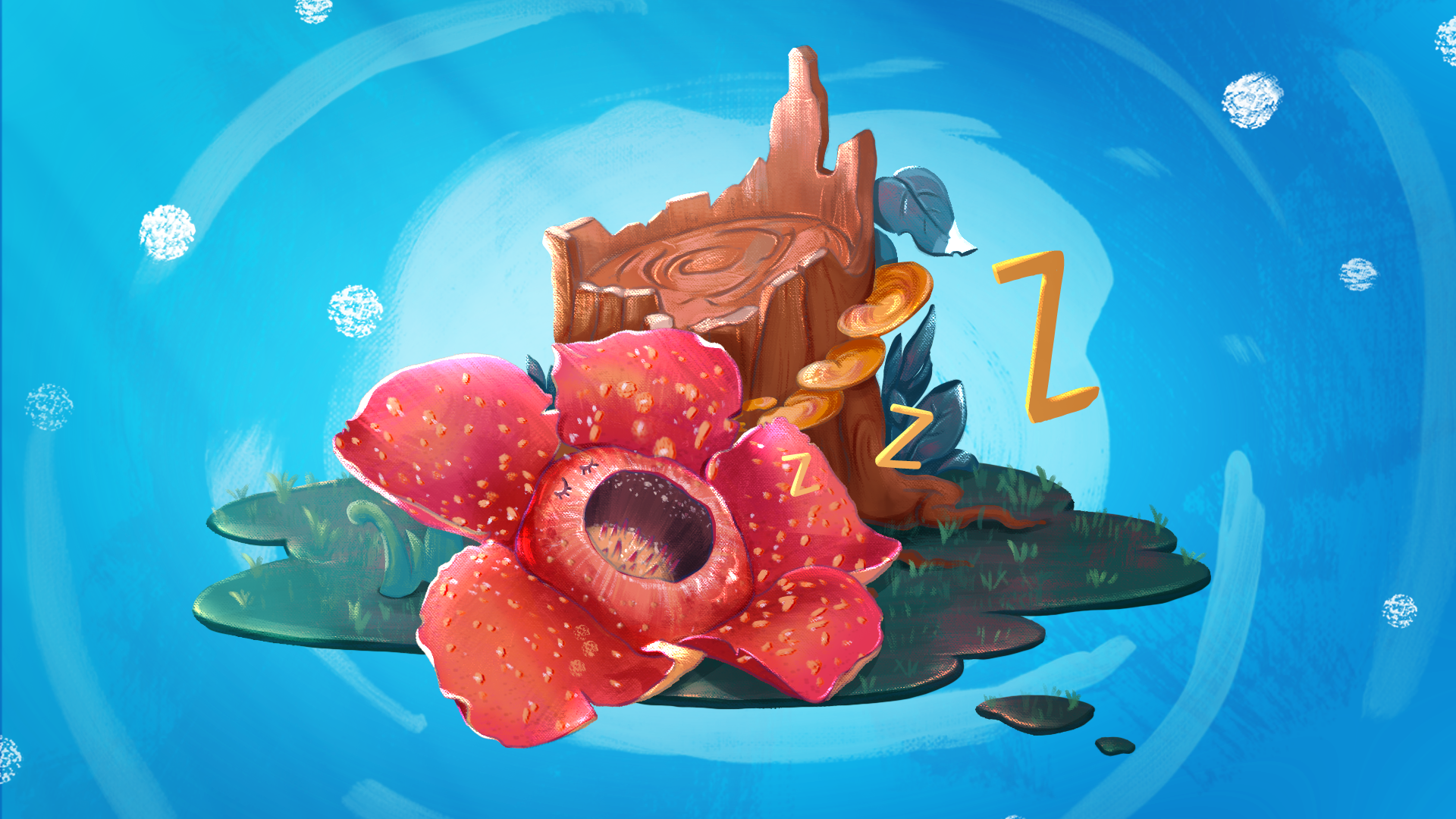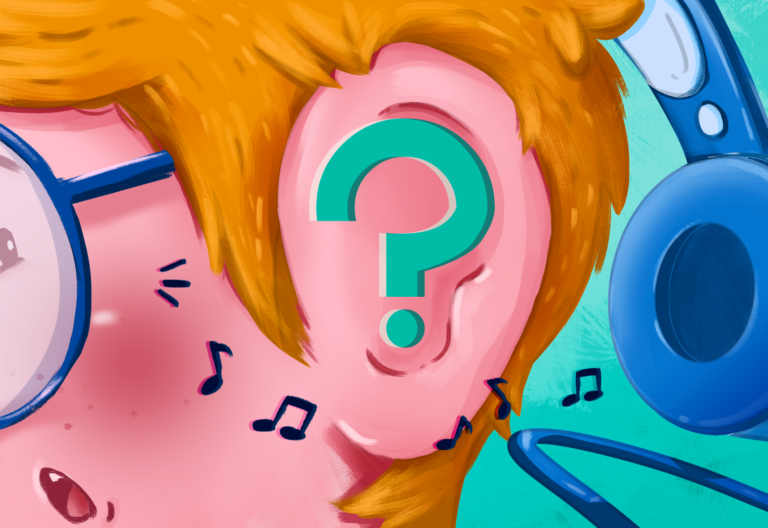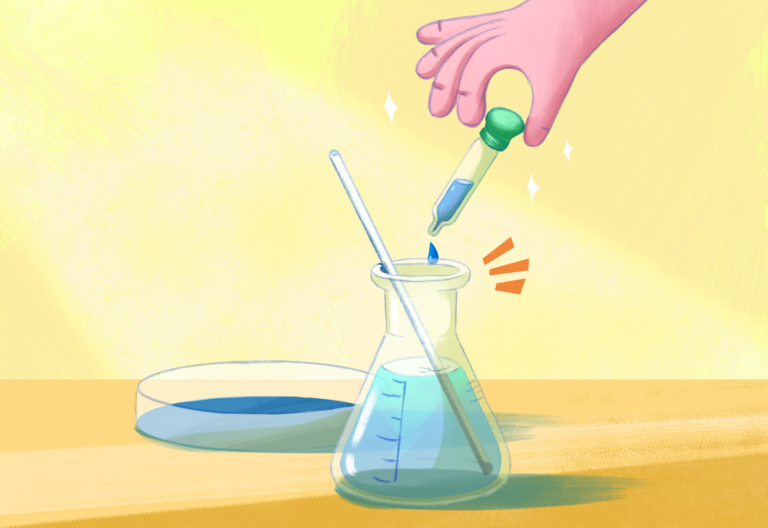SUITABILITY LEVEL: P5 & P6
RELATED SCIENCE TOPICS:
- Reproduction in Plant
- Pollination and Fertilization
- Seed Dispersal
- Adaptation – Structural
Check this out! A flower that blooms to a width of 111cm in diameter. That is about the length of two of your classroom desks combined.
Imagine yourself trudging through the forest of Indonesia and chancing upon this huge flower staring you in the face, Yes! This is the famous Rafflesia flower, named after its founder, Sir Thomas Stamford Raffles who discovered it and who himself was an avid naturalist in the early 19th century.
The flower, Rafflesia Tuan-mudae, was spotted by some Indonesian conservationist who upon measuring its width was astonished to find that this could well be the largest ever documented bloom. This was then confirmed by Mr Ade Putra at the Agam Conservation Agency in Sumatra.
This single-growing gargantuan of a flower is fleshy red in colour with white blister-like spots on its enormous petals.

The bloom of this amazing flower lasts only about a week before withering and rotting. It is precisely this reason that makes it crucial for the flower to attract pollinators in the shortest possible time. This it does by mimicking the stench of rotting meat to attract insects especially flies. The Rafflesia is also sometimes referred to as the corpse flower.
Flies attracted to these flowers will unknowingly transfer pollen grains from a male flower to a female flower. The next stage, fertilization, results in the female flowers developing into fleshy fruits of about 15cm in diameter. The fruits then get eaten by forest animals like the tree shrew and the tiny seeds are dispersed around the rainforest through the animals’ droppings where they pass out the unharmed, indigestible seeds.
Just when you think the information you have just digested is amazing, there is more to come.
The Rafflesia is a parasitic plant which means that it survives by obtaining nutrients from the host on which it lives using its nutrient-absorbing roots at the base of the flower. The Rafflesia does not have any leaves or stem.
RELATED CONTENTS:
World’s biggest flowers – World’s most spectacular Plants:
APPLICATION OF CONCEPTS LEARNT
Logical Thinking Question
Why do you think the Rafflesia is not wind pollinated?
Relying on wind to help in the pollination process is not an option for this flower. Being in a habitat densely populated by huge obstructing trees means there is hardly any free-flowing air(wind) to help in the transportation of pollen grains.
As such, the Rafflesia has to resort to novel ways to allow pollination to occur. And what an ingenious method it has, attracting flies, which are found in abundance in the jungle, by emitting the stench of rotting flesh. This is certainly not a flower you would like to smell on your leisurely stroll.
When pollination can take place, fertilization of the flower will ensue thus allowing for fruits to be produced to ensure the continuity of its kind. Even the humble jungle shrew plays her part when it comes to the dispersal of the seeds of the fruits on which it feeds. This is indeed the wonders of nature!




Leave a Reply